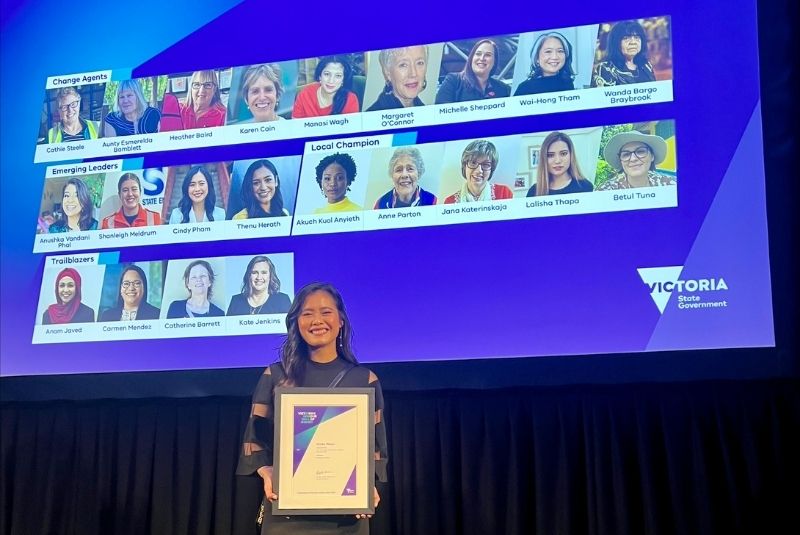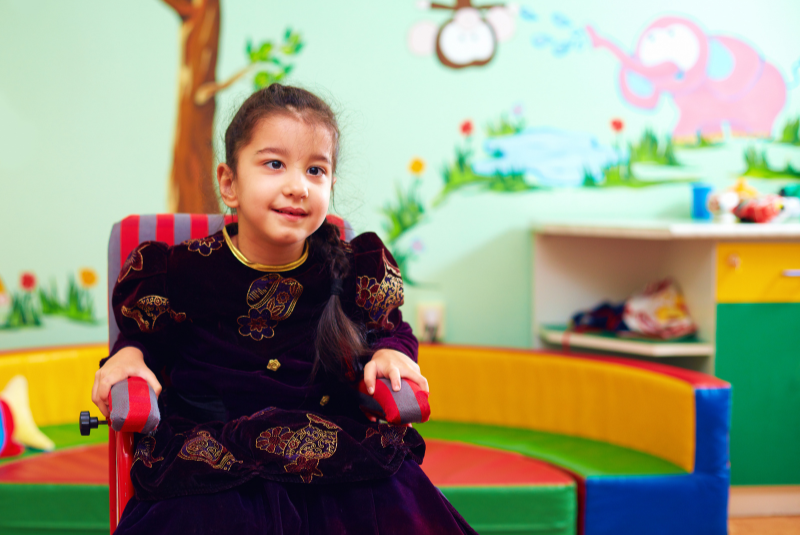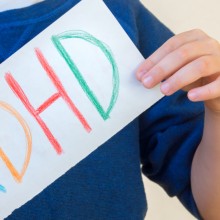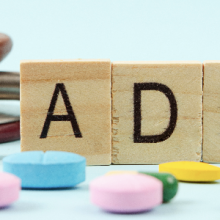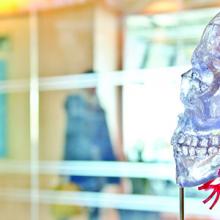ADHD
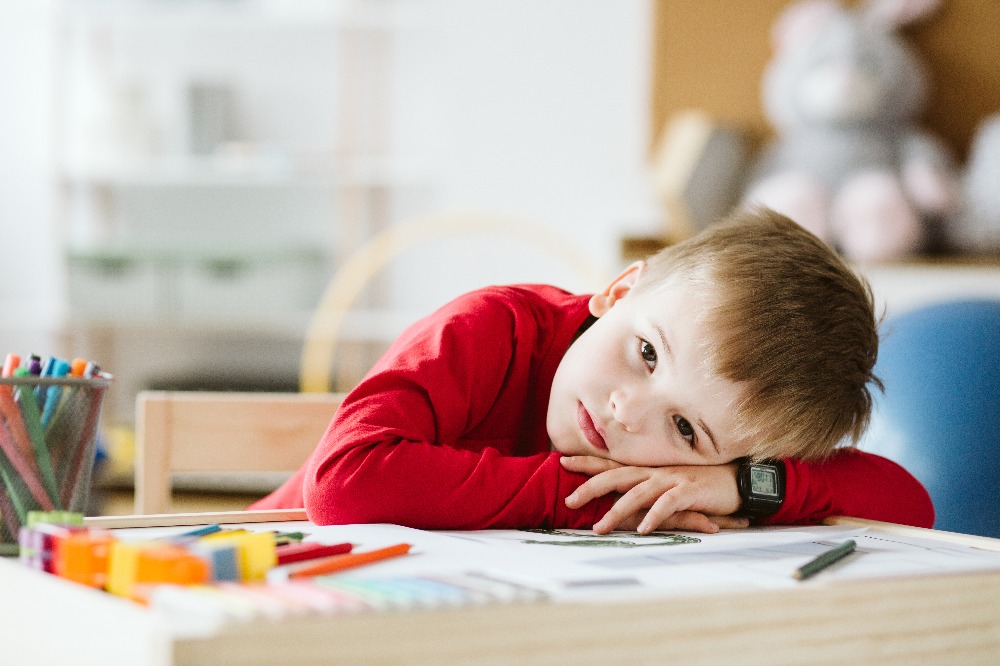
ADHD or attention deficit hyperactivity disorder is a developmental disorder that is characterised by poor concentration, hyperactivity and impulse control.
ADHD features three types of symptoms:
- Inattention, where a child might find it hard to focus and concentrate on tasks
- Impulsivity, where they might say, think or do things before thinking them through
- Hyperactivity, where they might find it hard to sit still for long periods of time
While it’s common for children to sometimes experience these symptoms, in children and adolescents with ADHD, these symptoms happen most of the time. This can have a big impact on their daily lives and ability to learn and socialise.
The causes of ADHD are complex and not fully understood. Diagnosing ADHD in children can be tricky as there are no clinical tests that can detect the disorder. However comprehensive clinical assessments conducted by a paediatrician, psychiatrist or psychologist have been shown to be reliable.
While treatment for ADHD will often include medication and behavioural strategies, including cognitive behaviour therapy (CBT) for adolescents and adults, counselling is also helpful.
The earlier ADHD is diagnosed, the sooner children can receive a plan to manage symptoms.

Who does it affect?
Who does it affect?
- Almost 800,000 Australians including about one in 20 children have ADHD. This equates to one child in every classroom.
- ADHD is still under-diagnosed in Australia.
- While children usually receive an attention deficit hyperactivity disorder diagnosis between the ages of five to 12, it is increasingly common for a diagnosis to be made during adolescence and adulthood.
- For a diagnosis to be made, symptoms and signs of having ADHD must have been consistent for at least six months and must be causing significant impairment in at least two settings (for example, home and school).
- During childhood, ADHD is more common in boys than girls. Nearly 10 per cent of males aged 12 to 17 have ADHD in Australia compared to 2.7 per cent of females in the same age group. In adulthood, the numbers are much more even.
Our ADHD research
Our ADHD research
Our research focuses on developing a better understanding of underlying causes, impacts and interventions to reduce ADHD symptoms.
The Children’s Attention Project (CAP) looks at the long-term effects of attention and hyperactivity difficulties on children’s behaviour, learning and day-to-day living, plus their parents’ well-being. To improve our understanding of ADHD, we have recruited nearly 500 families of grade one children with and without ADHD. We’ve completed three follow-ups to see how mental health, academic and social outcomes vary over time and to identify risk factors and protective factors.
A sub-project is studying how the brain develops across childhood into early adolescence. As certain parts of the brain are important for attention, we hope to reveal how these develop and when, plus where the brain-behaviour interface goes awry. This includes identifying signs that distinguish children with hyperactivity disorder and predicting an appropriate ADHD treatment response.
Studies show that 25 to 50 per cent of children with ADHD experience anxiety. The Calm Kids Study aimed to see whether treating anxiety in children with ADHD improves anxiety and/or child and family functioning. The 10-session program taught children and parents what anxiety is, including the causes and how they can lessen the symptoms. A pilot study showed improvements in child and family well-being including anxiety, the severity of ADHD symptoms, quality of life and parent mental health.
Impacts of our research
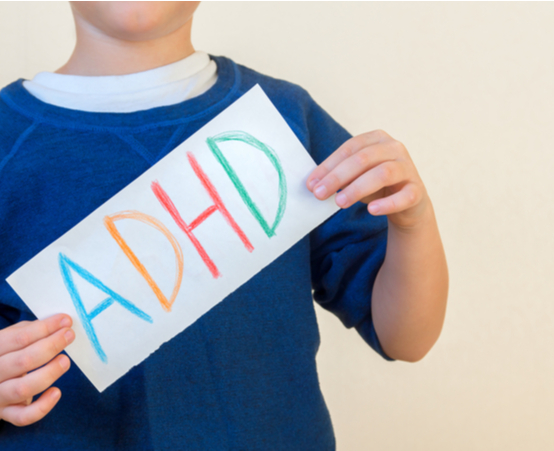
Impacts of our research
- We found that Australian children with ADHD inconsistently take their prescribed medication, going without treatment 40 per cent of the time. The study, which focuses on patterns of long-term ADHD medication use, may lead to interventions to improve compliance.
- Our community-based longitudinal study in 43 Melbourne primary schools found many children with ADHD are missing out on assessment and treatment. It concluded most Australian children who meet the criteria are not diagnosed by age 10 and those with less severe but still impairing symptoms were falling through the cracks.
- Another study we conducted found academic and non-academic outcomes are affected in children with ADHD. Children in grade five with ADHD had poorer outcomes than those without ADHD for reading, numeracy, school engagement, attendance, peer victimisation and parental expectations. Monitoring outcomes informs policy, practice and intervention.
- Using brain imaging techniques, we found brain patterns can explain variations in how children present with ADHD, which may pave the way for customised treatment and diagnosis.
- We found ADHD costs Australia over $18 billion a year, highlighting the importance of identifying academic, behavioural and social functioning difficulties in the initial school years.
- We trialled a sleep intervention that improved sleep, quality of life, ADHD symptoms, behaviour, school attendance and daily functioning. We’re now piloting a program for adolescents.
- We found children with ADHD are more likely to have language problems which can reduce academic performance and lead to antisocial behaviour. Research findings emphasise the importance of screening for language disorders.
Our vision
Our vision
We want to improve the lives of children with ADHD and level the playing field with their peers. Ensuring they are properly assessed and treated will improve educational outcomes, job prospects and socialisation. Our research aims to provide evidence for policy decisions and improve ADHD diagnosis and treatments.

